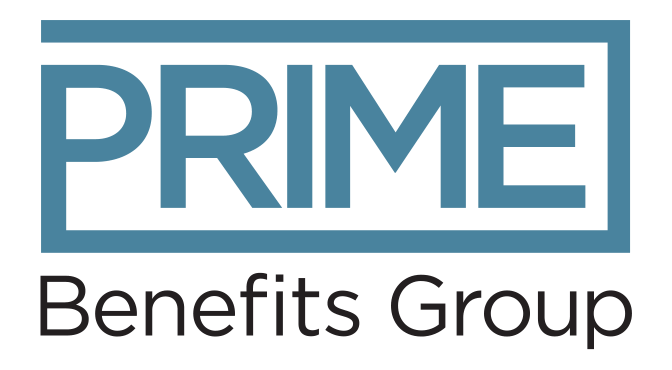- Have a question?
- 613-89-Prime (77463)
- 1-866-950-3667
- info@primebenefitsgroup.com
3 Things Employers Need to Know About the CRA’s New Rules for Remote Workers


Remote work has become the new norm, offering flexibility and freedom for employees. With advancements in technology and shifting attitudes towards traditional office environments, more employers are embracing remote work as a viable option to attract and retain talent while adapting to changing global circumstances. With this shift, however, comes a new set of challenges, particularly when it comes to tax regulations.
The Canadian Revenue Agency (CRA) recently rolled out new guidance aimed at helping employers understand the province of employment for remote workers. As of January 1, employers are required to use the type of income, residency status and company establishment to determine the province of employment for full-time remote working staff.
Here are key factors in determining the province of employment for remote workers:
- Income Type and Location: The CRA’s new guidance highlights the significance of distinguishing between various types of income and their respective locations. Different forms of compensation, such a regular salary, bonuses or commissions, may have distinct tax implications depending on where they are earned. For example, while salary income is typically attributed to the province where the employee performs the majority of their duties, bonuses or other variable compensation may be tied to specific performance metrics or projects, potentially complicating the determination of their source province.
- Residency Status: Residency status is another key factor in determining the province of employment for remote workers. This encompasses various factors beyond physical location, including an employee’s primary residence, duration of stay in a specific province and any ties to other areas. For example, an employee may temporarily live in a province for work while maintaining a primary residence elsewhere, which could raise questions about their residency status and tax obligations. Employees with ties to multiple provinces may fall under complex residency rules, which could complicate the determination of their province of employment.
- Establishment of the Employer: When considering where a remote worker does a job, both the worker’s home office and where the employer is based should be considered. This includes places like offices or buildings owned, rented or leased by the company. This helps determine which province the workers are ‘working’ in for tax purposes.
New Guidance
With the right approach, employers can ensure they’re complying with regulations while also building trust and security for themselves and their remote workforces. Here are some tips to effectively follow this new guidance:
- Establish Clear Policies and Procedures: Develop a remote work policy or agreement outlining expectations around work hours. Clearly define responsibilities of both employers and employees, including reporting requirements for income earned in different provinces.
- Invest in Technology: Consider using time-tracking software that allows remote workers to log their hours accurately and automatically calculate income earned based on their location. Cloud-based accounting systems can integrate with payroll software for tracking and reporting of income across different provinces. This can help streamline the compliance process and provide real-time insights into financial data.
- Stay Informed: Keeping up-to-date with changes to tax regulations and guidance from the CRA is important for maintaining compliance and adapting to any new requirements that may arise. Consider creating a designated team or individual within your company responsible for monitoring changes and sharing relevant information.
Adapting to the CRA’s new rules for remote workers may require some extra effort, but with a proactive approach, employers can ensure compliance and stay one step ahead in today’s remote work environment.
Suggested Reading
Transitioning Your Team Back to the Office
Additional Resources
Government of Canada: Determine the province of employment (POE)
CRA clarifying how employers must determine province of employment for remote workers